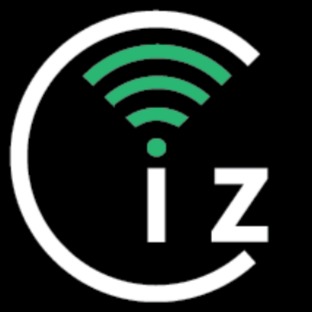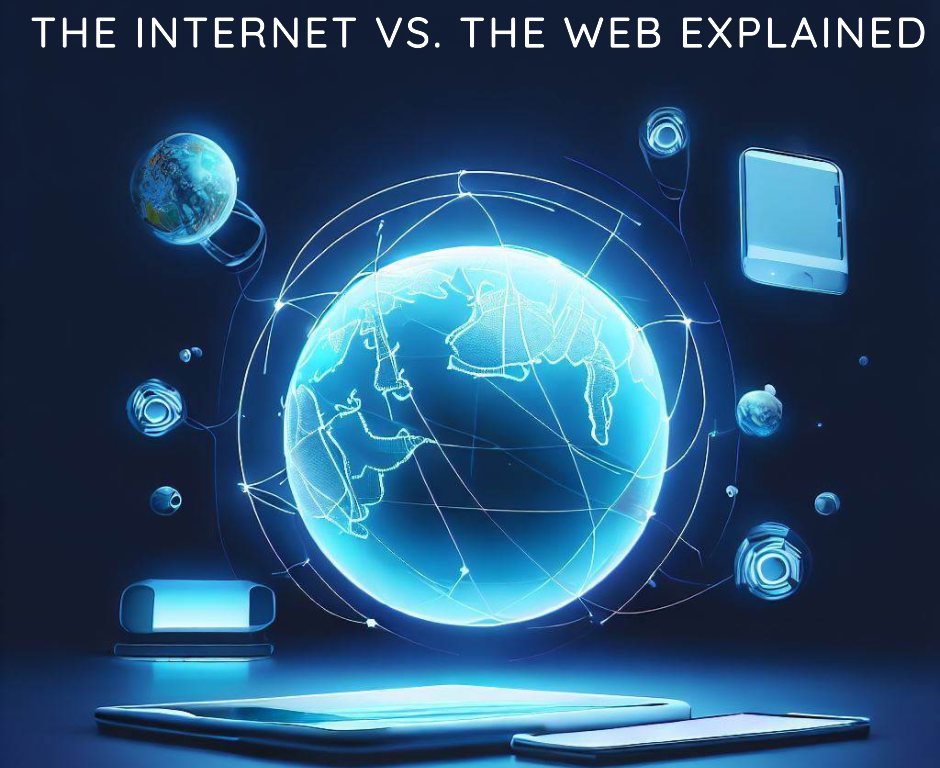What is the Internet?
The internet is an incredible invention that has revolutionised the way we communicate, learn, work, and live. With it, your computing device, whether that be a personal computer, tablet, or mobile phone, can access information and communicate with devices around the world.
So, what exactly is the Internet? At its most basic, the Internet is a global network of computers and servers that are connected to each other. These connections allow computing devices to communicate with each other.
Think of the Internet as a vast transportation system connecting cities and countries worldwide. Just as roads, highways, and railways transport people and goods between different locations, the Internet transports information between different devices and networks.
When you connect to the internet, your computing device (such as a computer, tablet, or smartphone) communicates with other devices through a series of networks. These networks are connected through a complex system of cables, routers, and switches. Therefore, the internet is a massive network of networks, consisting of millions of devices - computers, routers, switches, servers, and other hardware - interconnected by a vast web of cables, fibre optics, satellites, and wireless connections.
The Internet provides the infrastructure for the Web to exist and function. So, that brings us to the question of what is the Web?
What is the Web?
The Internet cannot be accessed directly, instead, it requires an appropriate protocol to connect to the Internet’s numerous parts. The World Wide Web (WWW or the Web for short) is an example of one protocol that allows a user to access the Internet. Email is another protocol.
The World Wide Web is a vast network of interconnected digital resources created in 1989 by Sir Tim Berners-Lee, a British computer scientist, to make it easier for people to access and share information.
The Web is made up of billions of web pages, images, videos, and other types of digital content. These resources are stored on servers all around the world, and they can be accessed by anyone with an internet connection.
If the Internet is a vast transportation system that allows for information to be transported between different devices and networks, the Web can be thought of as the storefronts and buildings that are located along these transportation routes. They provide access to information and services that people can access using the transportation system.
This video by Twila Camp of TedEd provides an excellent explanation of the World Wide Web and it's relationship to the internet:
Navigating The Web: Hyperlinks
One of the key features of the Web is hyperlinks. These are clickable links that allow users to navigate between different web pages and resources with just a click of a button. Hyperlinks are what make the Web so interconnected and easy to use. They allow us to jump from one page to another, discover new information, and explore new ideas.
How Does the Internet Work with The Web?
Once you are connected to the internet, you can access websites using a web browser. Examples of web browsers include Google Chrome, Microsoft Edge, and Mozilla's Firefox.
When you visit a website, your computing device sends a request via the internet to a server. A server is much like a computer but stores data such as websites. Once your request arrives, the server retrieves the website in question and sends the corresponding data/information to your computing device.
What else can be done over the Internet?
As well as browsing the incredibly large variety of websites via the Web, the Internet allows users to send emails, chat with instant messaging, and transfer files. Like the Web, each of these are different protocols or different ways of using the Internet.
What does the Web and Internet do for us?
When combined with the internet infrastructure, the Web is like a vast, never-ending library that contains all kinds of information, from books and articles to videos and images. The Web offers endless entertainment, learning, and communication possibilities, from social media platforms like Facebook and Twitter to video streaming sites like YouTube and Netflix.
You can access this library using a device that is connected to the internet, such as a computer, tablet, or smartphone. With just a few clicks, you can find information on any topic you can think of, from history and science to sports and entertainment.
But with all of its benefits, the Web also presents some challenges. A vast amount of information is available, and it can be difficult to determine what is accurate and reliable.
There are also concerns about privacy and security, as well as the impact of the Web on our social and emotional well-being.
In summary, the World Wide Web, built upon the vast infrastructure of the Internet, is a powerful and complex network of interconnected digital resources that has transformed the way we access and share information. It has created new opportunities for learning, communication, and collaboration, but it has also presented new challenges that we must address as we continue to navigate this constantly evolving landscape.
Interested in learning more? Our second post in this series discusses connecting to the Internet and can be accessed by clicking here.
FAQ's
What is the Internet?
The Internet is a global network of connected devices that enables communication, information sharing, and content creation. It works through a complex system of networks and protocols and has revolutionised the way we connect and access information.
What is the World Wide Web?
The World Wide Web is a vast network of interconnected digital resources accessible via the internet, including web pages, images, and videos that are stored on servers worldwide.

